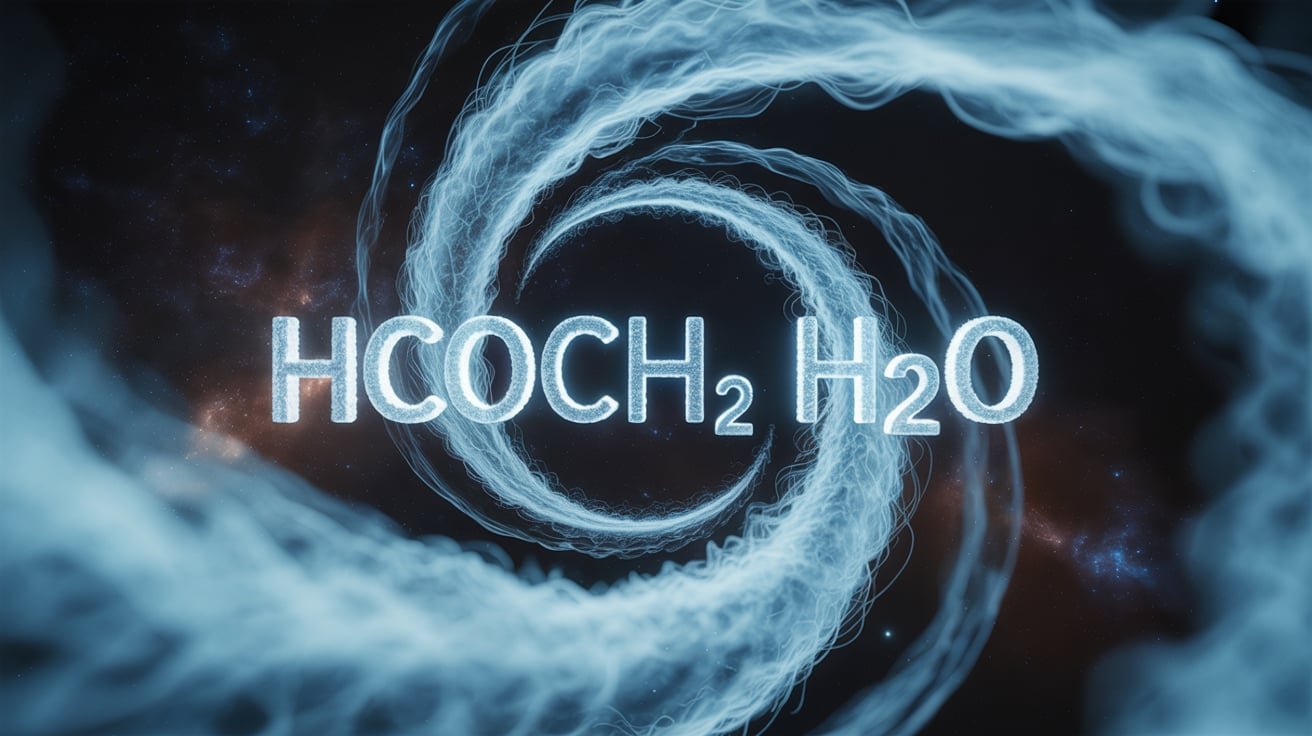
Mysteries of HCOOCH: Understanding CH2 and H2O Interactions
Have you ever wondered about the intricate dance between molecules? The world of chemistry is filled with captivating interactions that can reveal a lot more than meets the eye. One fascinating subject within this realm is HCOOCH, also known as methyl formate. This simple yet intriguing molecule presents a rich tapestry of chemical behaviors, especially when interacting with CH2 and H2O.
Understanding these interactions not only contributes to our knowledge in scientific domains but also has real-world applications in fields like materials science and environmental studies. As we explore the properties of HCOOCH and its interplay with CH2 and water, we uncover insights that could reshape our understanding of molecular behavior. Join us on this journey to unlock the mysteries surrounding HCOOCH, CH2, and H2O!
The Role of CH2 and H2O in HCOOCH Interactions
CH2 and H2O play crucial roles in the interactions involving HCOOCH. These molecules contribute to understanding the behavior of formate esters.
CH2, or methylene, serves as a key structural element. Its presence influences reactivity and stability within molecular frameworks. The unique bonding characteristics of CH2 affect how HCOOCH interacts with other substances.
Water, on the other hand, is vital for solvation and reaction dynamics. It acts as a solvent that can facilitate or inhibit reactions involving HCOOCH. Water molecules can form hydrogen bonds with both CH2 and HCOOCH, altering their properties and behaviors in solution.
Together, CH2 and H2O create an intricate environment around HCOOCH. This interaction not only affects chemical pathways but also supports various applications in biological systems and industrial processes. Understanding these relationships opens new avenues for research in chemistry and materials science.
Experimental Methods for Studying CH2 and H2O Interactions with HCOOCH
Researchers employ various experimental methods to study the interactions between CH2, H2O, and HCOOCH. One common approach is infrared spectroscopy. This technique allows scientists to observe molecular vibrations and gain insights into bonding characteristics.
Another method involves nuclear magnetic resonance (NMR) spectroscopy. NMR provides detailed information about the local environment of hydrogen atoms in HCOOCH when interacting with both CH2 and H2O molecules.
Computational simulations also play a critical role in this research area. By modeling these interactions, researchers can predict behavior under different conditions without extensive physical experimentation.
Mass spectrometry offers an effective means of analyzing reaction products that arise from combining these substances. Through careful experimentation using these methods, scientists unlock intricate details of how CH2 and H2O interact with HCOOCH at a molecular level.
Results and Findings: Insights into the Molecular Structure of HCOOCH
Recent studies have unveiled fascinating insights into the molecular structure of HCOOCH, particularly how it interacts with CH2 and H2O. Advanced spectroscopic techniques have revealed unique bonding configurations that highlight the role of hydrogen in these interactions.
The presence of CH2 groups seems to significantly influence the stability and reactivity of HCOOCH. The data shows a dynamic relationship where water molecules can facilitate or hinder reactions depending on their orientation and proximity to key functional groups.
Moreover, computational models suggest that slight variations in conditions lead to substantial changes at the molecular level. This variability might explain why HCOOCH exhibits different properties under diverse environments.
Understanding these intricate details enriches our knowledge of this compound’s chemical behavior, paving the way for innovative applications in various fields like material science and pharmaceuticals. Each discovery opens new doors for exploration within molecular chemistry.
Applications of Understanding CH2 and H2O Interactions with HCOOCH
Understanding the interactions between CH2, H2O, and HCOOCH opens new doors in various fields. In pharmaceuticals, this knowledge can lead to better drug formulations. By manipulating these molecular interactions, scientists could enhance solubility and bioavailability.
Environmental science also benefits significantly from this research. The behavior of organic compounds in water is crucial for assessing pollution and developing remediation strategies. Insights gained here inform methods to mitigate environmental damage effectively.
Moreover, advancements in materials science are on the horizon. Comprehending how HCOOCH interacts with different solvents can inspire innovative material designs. This could result in more efficient catalysts or improved polymer properties.
The food industry stands to gain as well. Enhanced understanding may improve flavor stability or preservation techniques by optimizing ingredient interactions at a molecular level. These applications illustrate just how impactful studying CH2 and H2O’s role alongside HCOOCH can be across various sectors.
Future Research and Implications
Future research on HCOOCH, particularly its interactions with CH2 and H2O, holds immense potential for breakthroughs in various fields. Understanding these molecular dynamics can lead to advancements in chemical synthesis and materials science.
Exploring the nuances of how CH2 molecules interact with HCOOCH could unveil new pathways for creating more efficient catalysts. This knowledge may also enhance our ability to develop innovative chemical processes that minimize waste and energy consumption.
Moreover, studying the role of water (H2O) in these interactions is crucial. Water often acts as a solvent that influences reaction mechanisms. Insights gained from this research could improve environmental sustainability practices by designing greener chemical reactions.
As researchers continue to delve into these intricate relationships, their findings may have far-reaching implications across pharmaceuticals, agriculture, and even renewable energy technologies. The future certainly looks promising for those intrigued by the chemistry behind HCOOCH.
Conclusion
Understanding the interactions between HCOOCH, CH2, and H2O opens up a fascinating world of molecular dynamics. The unique properties of HCOOCH make it an intriguing subject for research. By exploring how CH2 and water molecules interact with this compound, scientists can reveal essential insights into its behavior.
The experimental methods employed to study these interactions have proven vital in uncovering new information about the molecular structure of HCOOCH. These findings not only enhance our understanding but also pave the way for potential applications across various fields.
As future research continues to delve deeper into these interactions, we anticipate exciting developments that could lead to innovative applications. The knowledge gained from studying hcooch ch2 h2o relationships may contribute significantly to advancements in chemistry and materials science.
Continued exploration will undoubtedly illuminate further complexities within this area, driving both academic inquiry and practical solutions forward. This journey through molecular interaction offers endless possibilities for discovery and application in real-world scenarios.








